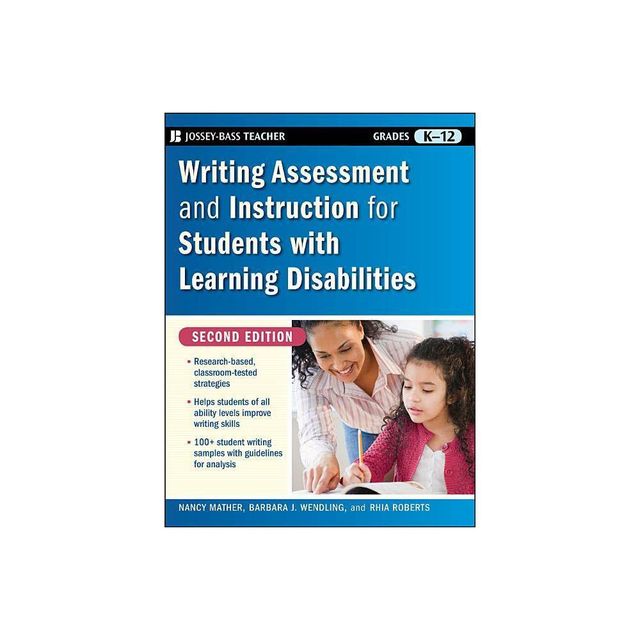Home
Beyond Outcomes: Assessment and Instruction Within a University Writing Program
Loading Inventory...
Barnes and Noble
Beyond Outcomes: Assessment and Instruction Within a University Writing Program
Current price: $55.00


Barnes and Noble
Beyond Outcomes: Assessment and Instruction Within a University Writing Program
Current price: $55.00
Loading Inventory...
Size: OS
*Product Information may vary - to confirm product availability, pricing, and additional information please contact Barnes and Noble
Writing assessment programs help place entering and mid-career students in composition courses at the appropriate level, monitor the progress of those students, and assist in placing them in writing courses throughout their undergraduate careers. These same universities also have writing instruction programs, which might include writing centers, writing-across-the-curriculum initiatives, and freshman and advanced composition programs. At many institutions, though, writing assessment is not necessarily considered fundamental to writing instruction, and there is little communication between the assessment program and the composition program. This book demonstrates that writing assessment and instruction programs may be successfully integrated.
The contributors analyze the development of the writing assessment and instruction program at Washington State University, which is nationally recognized for its success. In doing so, they provide guidance to other institutions planning to develop similar integrated programs. The volume argues that writing assessment and instruction should inform and influence each other; that they should evolve together; and that they should be developed locally. By tracing the success of the WSU program, the authors directly challenge the use of national packaged assessment programs, such as standardized placement tests.
The contributors analyze the development of the writing assessment and instruction program at Washington State University, which is nationally recognized for its success. In doing so, they provide guidance to other institutions planning to develop similar integrated programs. The volume argues that writing assessment and instruction should inform and influence each other; that they should evolve together; and that they should be developed locally. By tracing the success of the WSU program, the authors directly challenge the use of national packaged assessment programs, such as standardized placement tests.


















